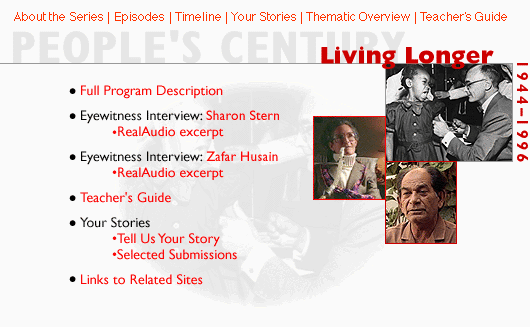The phenomenon of increased longevity has become a hallmark of modern civilization, prompting a reevaluation of societal frameworks and individual aspirations. As life expectancy steadily climbs, the implications ripple across all strata of society. People are not merely living longer; they are recalibrating their existence in profound ways.
Historically, the average lifespan has expanded dramatically, with contemporary individuals often reaching their eighties and nineties. This surge can be attributed to advancements in medicine, improved nutrition, and a deeper understanding of health and wellness. Vaccinations have eradicated once-prevalent diseases, while innovations in medical technology augment our capacity to treat chronic conditions. The notion that longevity equates to enhanced quality of life, however, introduces a complex set of questions.
With extended lifespans, an urgent dialogue is emerging regarding the fiscal burdens on healthcare systems and the viability of Social Security. As populations age, the demographic shift prompts a need for robust policies that can sustain not only the elderly but also the younger generations who support them. The generational synergy is critical; hence, intergenerational collaboration becomes a priority, allowing knowledge transfer while addressing shared societal challenges.
Moreover, this extended period of life engenders new opportunities for personal reinvention and achievement. For many, the traditional phases of life—education, career, retirement—are being redefined. Individuals are embarking on new careers later in life or pursuing passions that were previously shelved. The narrative shifts from one anchored in inevitability to one throbbing with possibility.
Yet, beneath the optimism lies the reality of the challenges that can accompany longevity. Aging is often accompanied by a burgeoning concern for physical health, cognitive decline, and increased isolation. The quest for purpose becomes urgent, as individuals seek not just to extend their years but to enrich them with meaningful experiences. Consequently, mental health initiatives and community-building efforts are gaining traction, fostering environments where seniors can thrive socially and emotionally.
The implications of this longevity revolution extend well beyond individual lives. Economies must adapt, industries that cater to older adults will burgeon, and educational institutions might reconsider their curricula to better serve a diversifying age demographic. As insights from various fields converge, interdisciplinary approaches will be essential in tackling the multifaceted aspects of an aging society.
In conclusion, the narrative of longer lives is a tapestry woven with both promise and challenges. As the world adjusts to this paradigm shift, the question remains not simply about how long we live, but how well we inhabit those years. The journey into this uncharted territory holds the potential for extraordinary stories—a collective narrative waiting to be told.
